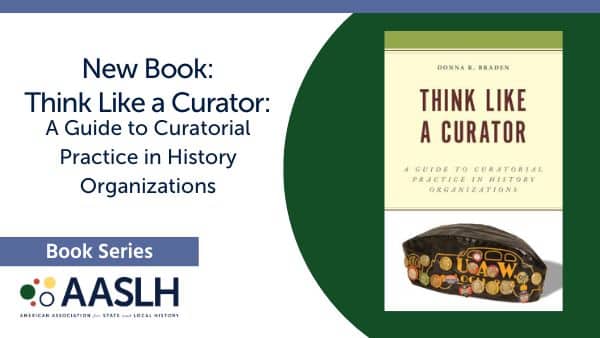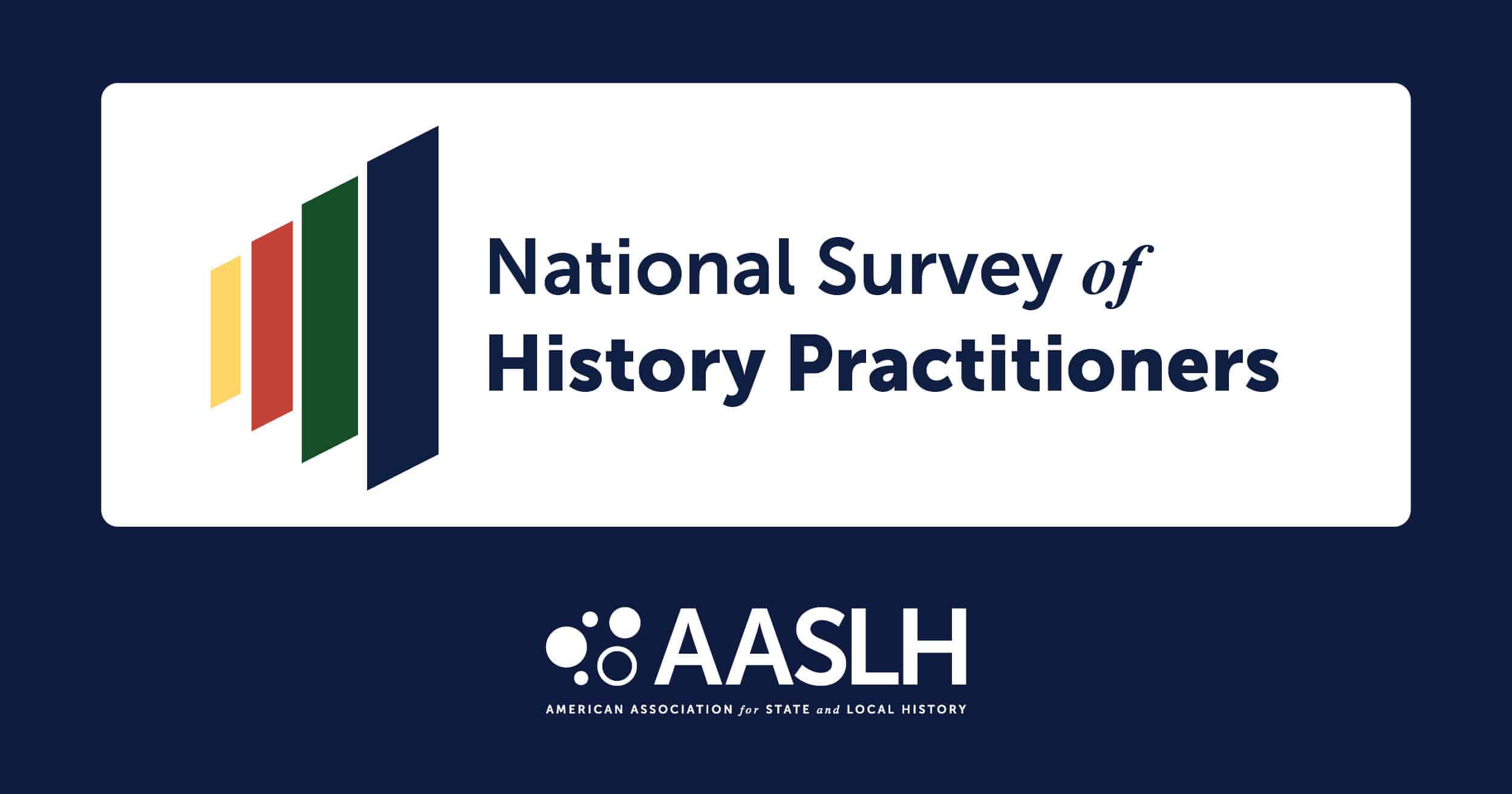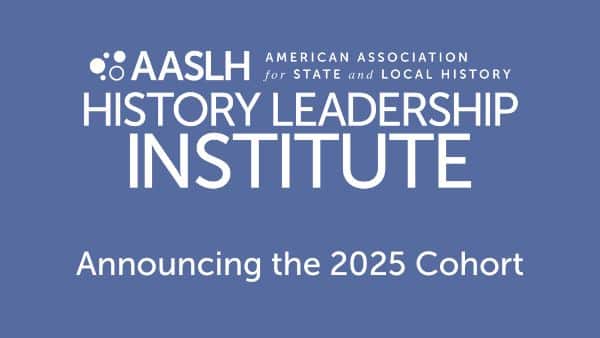 Most state museum associations have an annual conference. I went to my first Association of Indiana Museums conference in 2003, about a year after I started working in the field. I remember one particular session, “Collections Care on a Shoestring,” which showed how to use aluminum foil as an inexpensive barrier layer. Another presentation was by a foundation director on what makes an outstanding grant proposal. These sessions opened my eyes to many practical solutions to problems, as well as to real-life perspectives on museum theory that I was just learning.
Most state museum associations have an annual conference. I went to my first Association of Indiana Museums conference in 2003, about a year after I started working in the field. I remember one particular session, “Collections Care on a Shoestring,” which showed how to use aluminum foil as an inexpensive barrier layer. Another presentation was by a foundation director on what makes an outstanding grant proposal. These sessions opened my eyes to many practical solutions to problems, as well as to real-life perspectives on museum theory that I was just learning.
I’d like to say that I made many connections at this conference – getting business cards from speakers and other attendees and having interesting conversations about theory and practice – but I didn’t. I was shy because I didn’t know anyone, so I kept to myself and took good notes. While I learned a lot, I missed out on the most valuable part of attending an in-person conference or workshop: networking.
Museum associations offer all sorts of services – training, newsletters, advocacy, salary surveys, discounts on preservation supplies, technical assistance, site visits, and more – but the most important service they offer is access to your nearby peers. These colleagues will almost always share what’s worked and what hasn’t. They’ll show you their storage areas (good and bad); they’ll talk with you on the phone about managing ineffective board members; and they’ll be just as excited as you are about new ways to hang labels or about good deals on unbleached muslin.
So, even though I hope to see you in sessions at future state conferences, I’ll be even happier to swap business cards and stories with you in the hallways.
P.S. One of the best ways to make sure you get to any association meeting is to be a presenter. Take two minutes, check with your state museum association, and mark the deadline for conference proposals on your calendar. (And remember: the CFP deadline for the 2013 AASLH conference is Nov. 16.)



